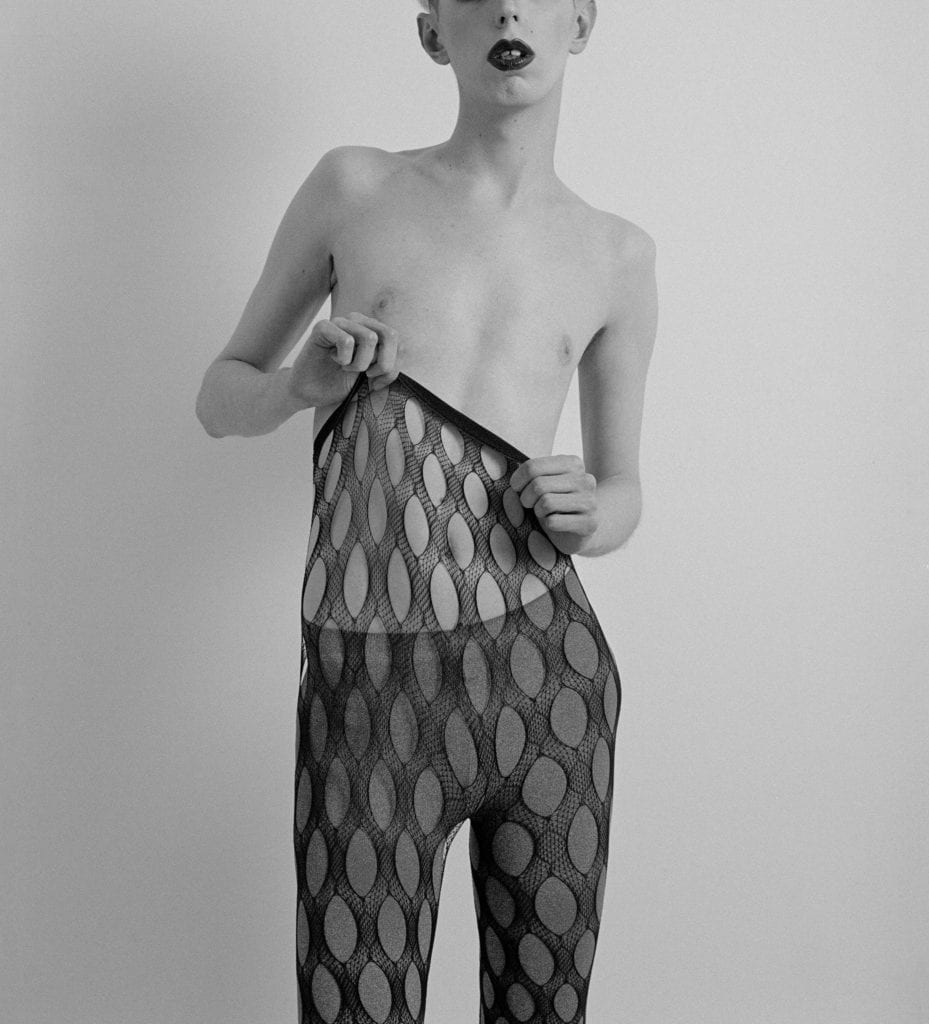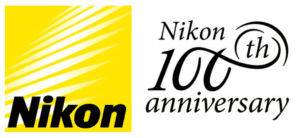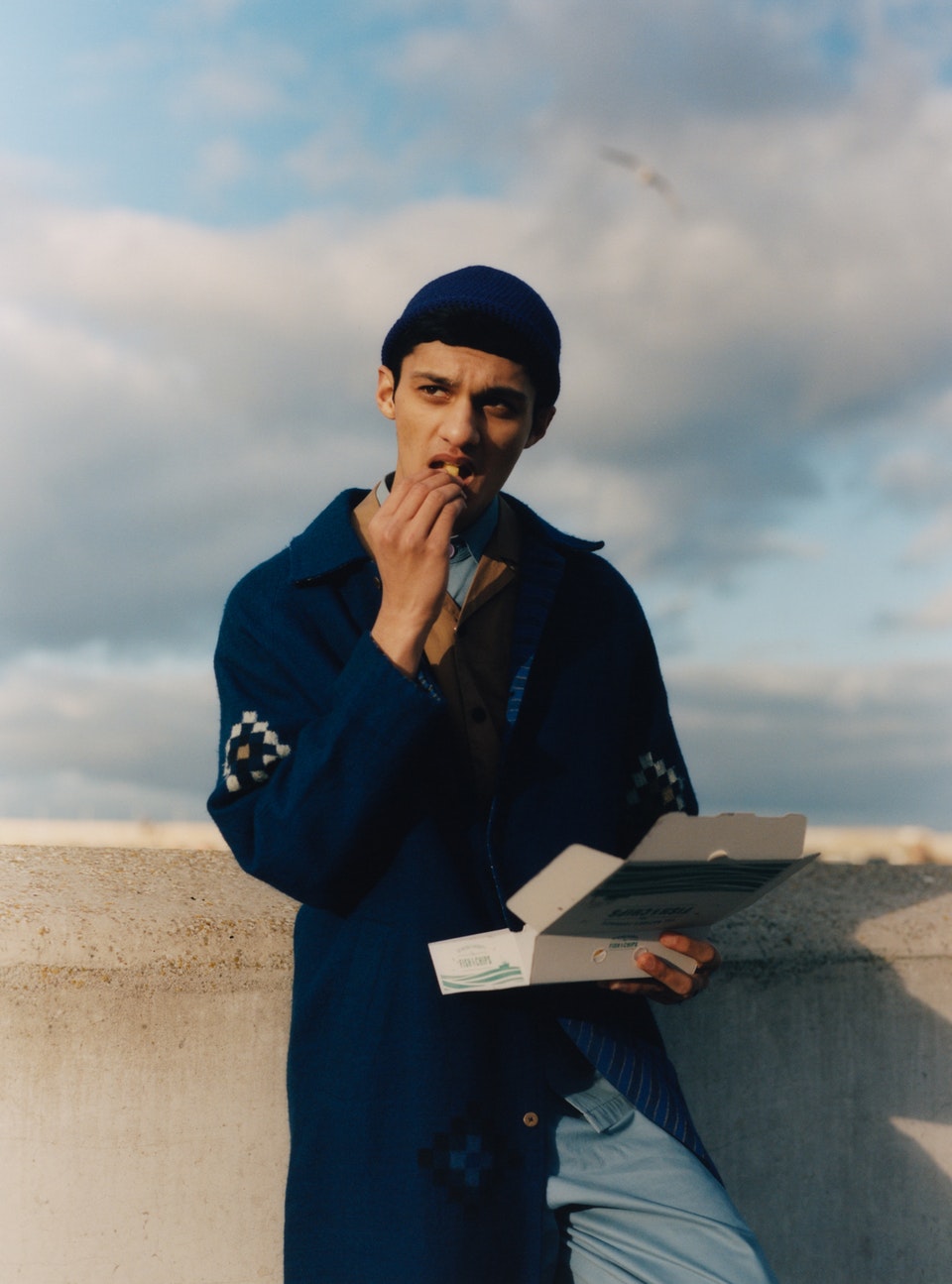Geldi’s selected portrait, shot on Nikon, is part of her timely series Drag Her By The Pussy. With a title that subverts Donald Trump’s well-known statement, the project aims to celebrate diversity through both its subject-matter and aesthetic.
Recently graduating from Falmouth University’s fashion photography degree, London-based photographer and stylist Thea Geldi has already developed a unique creative vision that runs through all her work.
Geldi’s portrait will be on view across the UK as part of the BJP’s Portrait of Britain 2017, in partnership with JCDecaux and Nikon.
Tell us about your winning portrait (above).
I was working on a project based around representing diversity in terms of ethnicity, culture, LGBT rights, and our right to freedom as unique individuals. Donald Trump had just been elected as US President and I was, ironically, inspired by his intense prejudice and vulgar attitude towards everything that my project was about.
This particular image was part of a series I shot of Roland entitled Drag Her By The Pussy. I scouted Roland Bray in his hometown Truro. His striking and unique look caught my eye and he agreed to do a shoot. I styled Roxie Moron (Roland’s drag queen name) with deliberately bold stage make-up, in order to create a rebellious aesthetic that would be emblematic of any individual who has ever felt marginalised in our society for being different.
Why did you choose to enter this portrait and do you have any advice for future entrants on selecting a photograph to submit?
I chose this particular photograph as I feel it is representative of our times. Roland’s open and unprejudiced attitude speaks to the youth of Britain today. I felt that it was important to choose a portrait that captures the diversity of modern Britain.
I also wanted to make a personal statement about my own vision. A portrait can be a way of capturing the unique identity of a subject and I would advise future entrants to use their skills as an artist to create a portrait that fully encapsulates the individual character of their sitter.
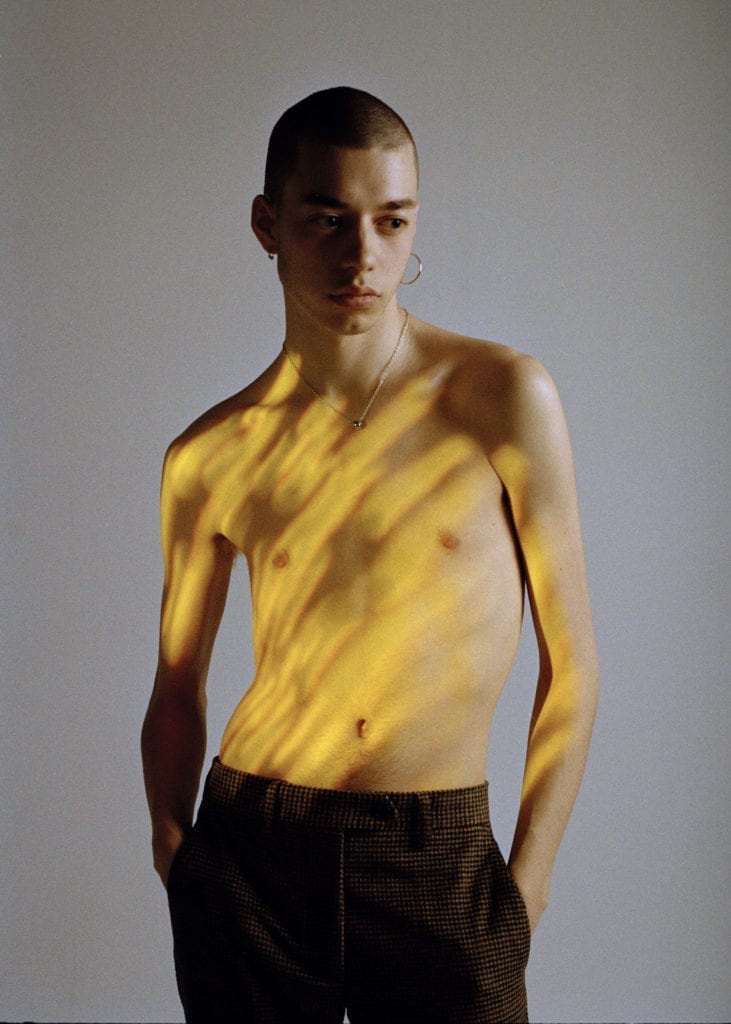
I think the best portraits are the ones that stick in your mind; the ones that touch you in some way. A portrait needs to draw you in and intrigue you.
When taking a portrait, it is crucial that I engage with my subject. I think the relationship between the photographer and the model is vital in creating a good image. I believe that there must be a bond between both parties, otherwise the photograph may appear uninteresting.
A compelling portrait should speak for itself.
When did you fall in love with photography?
I remember quite distinctly the moment I discovered my love for photography. It was at a close family friend’s Basque wedding in Spain when I was 12 years old. My mum had dabbled in documentary photography throughout her life and she also shot weddings for friends. Out of curiosity I stole her camera and went around taking photos. My pictures made the cut for the wedding album and I never really put the camera down after that.
It was in my later teen years that my passion turned towards fashion photography. For me, photographers such as Nick Knight revealed the possibilities of photography as an art, using the camera as a tool. In time, I really began developing my own style and creating photographs that fit my own vision. I went on to study photography at Falmouth University, from where I have just graduated this year.
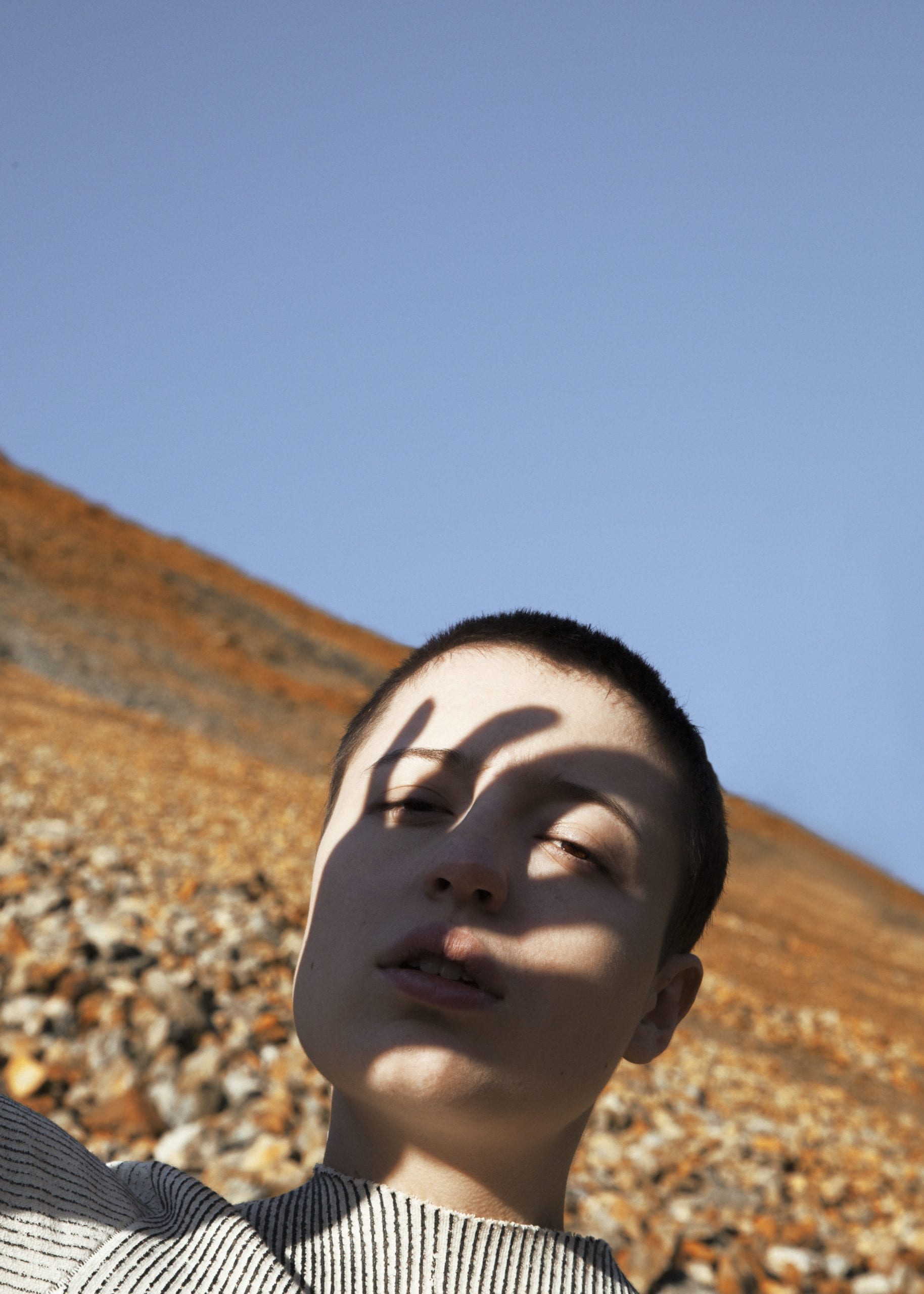
I most certainly think that a powerful portrait can exist in its own right. For me, that is what a portrait should be. If a photograph works visually, channelling the aesthetic of the artist’s individual creative vision, and engages with the subject, then it doesn’t matter if there is or isn’t a narrative as the image will create an impact.
Once you engage an audience with a striking portrait, the narrative and interpretation will follow.
What do you think about Portrait of Britain?
It is unlike any other exhibition I know of, which is why I chose to submit my work to the competition in the first place.
I find it particularly impressive in terms of reach. Being visible to the public nationwide means that everyone and anyone can be involved just by walking down the street. In a sense, it connects the whole country.
Having looked through the selected photos for this year, it’s amazing to see such a variety of stunning portraits and photographers capturing ‘their’ Britain.
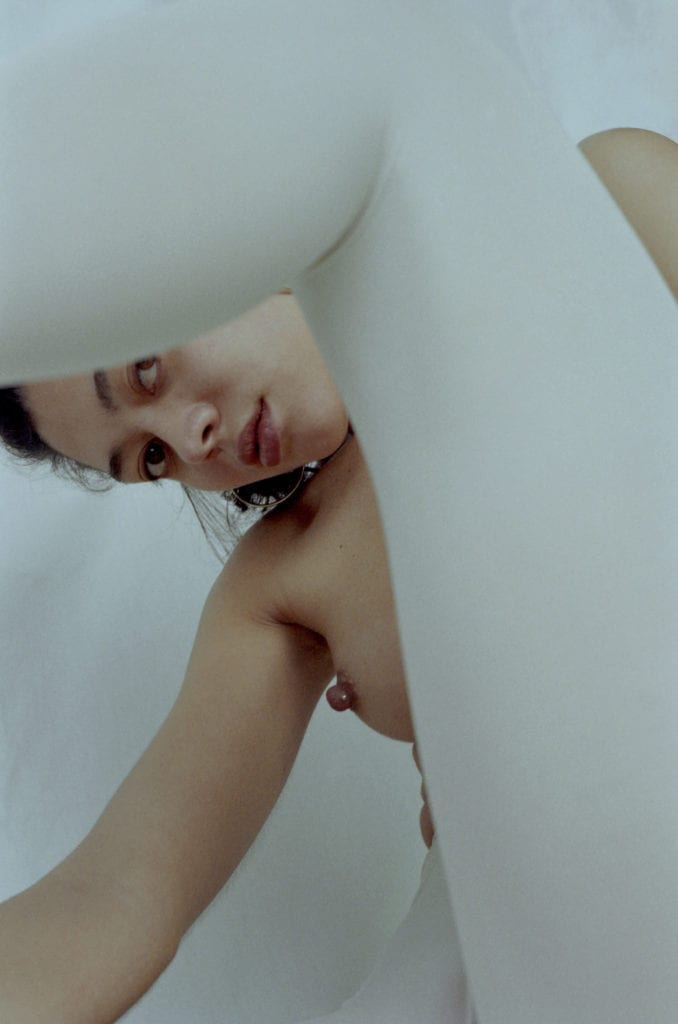
If you missed the chance to enter this year’s Portrait of Britain, make sure to submit to the International Photography Awards opening September 19th.
